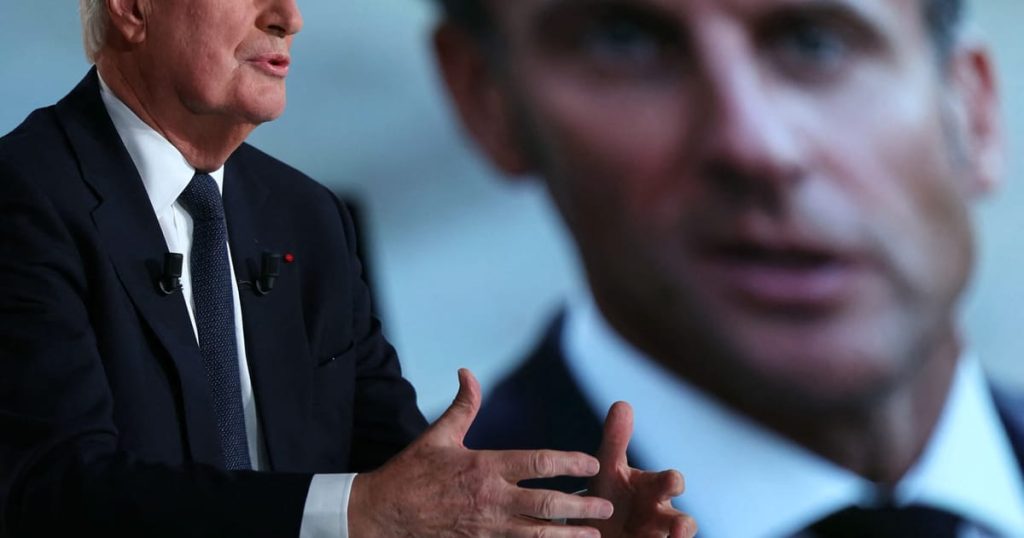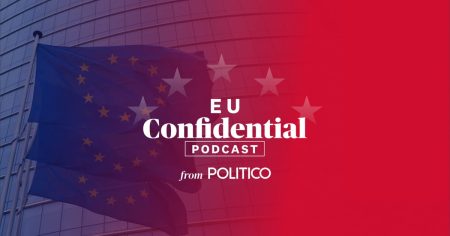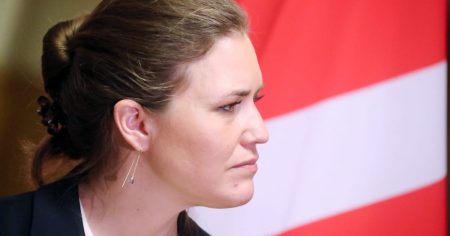Before the summit, Italy, Denmark, and the Netherlands took the initiative to convene a pre-meeting focused on migration, connecting leaders from like-minded countries including Austria, Cyprus, Poland, the Czech Republic, Greece, Hungary, Malta, and Slovakia. The meeting also involved European Commission President Ursula von der Leyen. Notably, French President Emmanuel Macron, alongside several other EU leaders, chose not to participate. This exclusion was downplayed by an adviser at the Élysée Palace who emphasized that substantive conversations happen during the main sessions, suggesting the side meetings lacked impact. However, history has shown that such informal gatherings can be crucial for narrowing disagreements and guiding the shared objectives of leaders heading into the summit.
As leaders gathered at the Council building, both Macron and German Chancellor Olaf Scholz appeared somewhat sidelined amidst a chorus of voices advocating for stricter immigration measures. Danish Prime Minister Mette Frederiksen expressed satisfaction with the evolving recognition among different governments, echoing a broader sentiment in Europe that a more assertive approach to migration is necessary. Dutch Prime Minister Dick Schoof also remarked on the shifting dynamic within European discussions on migration, indicating a growing consensus among certain political factions toward more stringent policies.
Conversely, Scholz raised concerns about the recent surge in migration discourse, underlining the importance of adhering to European laws concerning deportations. His apprehensions were echoed by the Élysée adviser, who remarked on the French presidency’s ambivalence towards the concept of return hubs. Instead of advocating for punitive measures, the adviser favored a more comprehensive and lawful dialogue to address migration, emphasizing the need to balance stringent policies with respect for international norms.
This divergence in approach among EU leaders highlights a critical juncture in European migration policy, where differing national priorities clash with collective European objectives. While some leaders advocate for tougher stances and migration deterrents, others, notably Macron and Scholz, call for solutions that align with existing legal frameworks. The divide raises questions about the future of migration policy within the EU and the capacity of member states to collaborate effectively in forging a common strategy.
Additionally, the shifting attitudes toward migration are reflective of broader political trends in Europe, where right-wing and far-right parties increasingly influence governmental policies. This evolution has led to an atmosphere characterized by urgency and a push for immediate reforms, as leaders like Frederiksen and Schoof respond to rising public sentiments regarding immigration. The pressing nature of these discussions underscores the complexities of navigating a humanitarian crisis while ensuring the security and political stability of individual nations.
In conclusion, the pre-summit meeting and the surrounding discussions illustrate the intricate balance European leaders must strike in addressing migration. With national interests frequently at odds, finding common ground becomes a challenge. Subsequent summit decisions will depend significantly on the outcomes of these initial dialogues and whether countries can reconcile their differences to cultivate a cohesive migration policy that reflects both security needs and humanitarian obligations. The resulting agreements—or lack thereof—could shape the future of migration in Europe for years to come.














